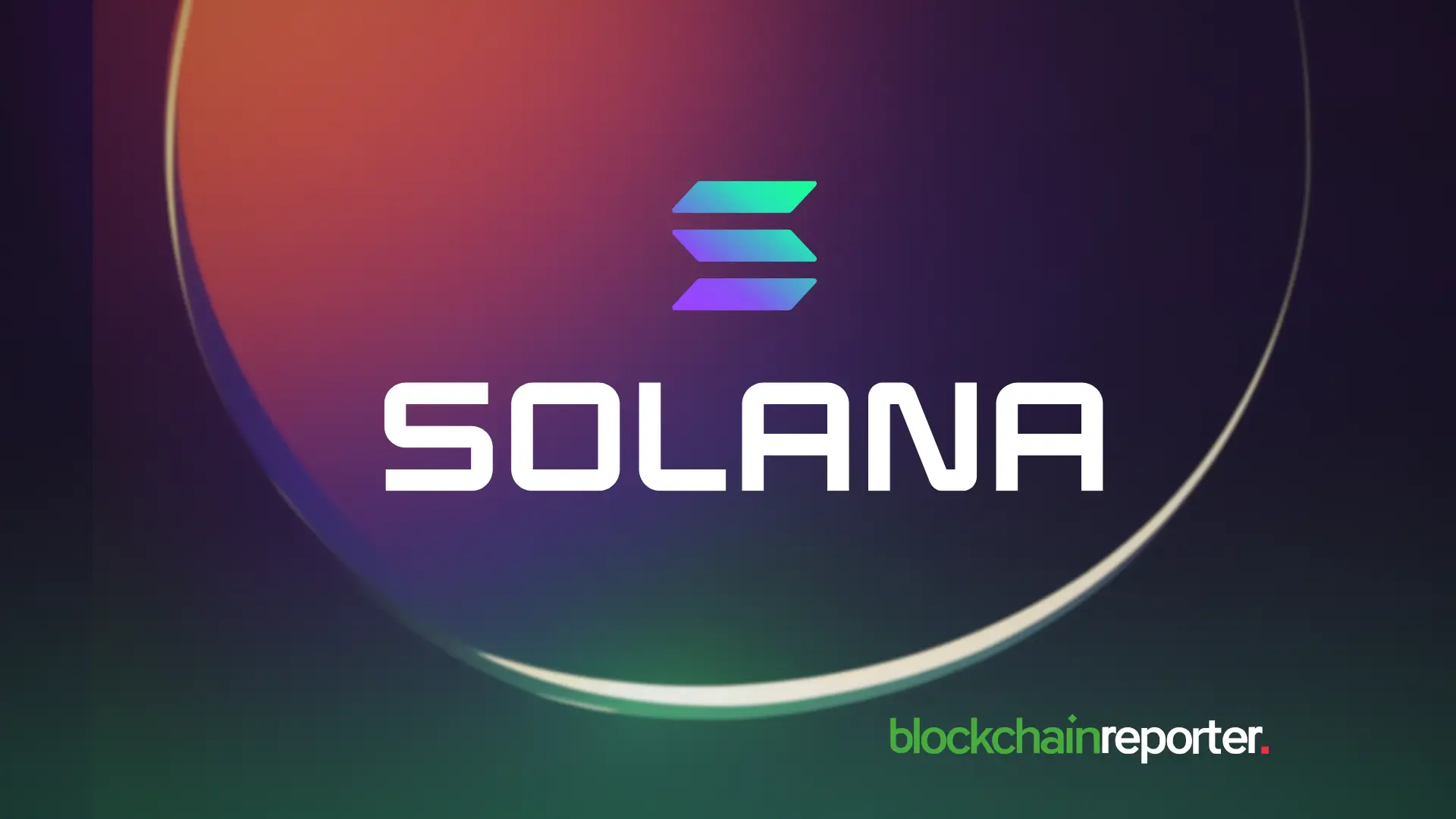Argentine President Javier Milei announced on Friday that his government is working on ways to meet $9.5 billion in debt payments due in 2026, but made it clear he’s not relying on U.S. President Donald Trump to fix the crisis.
When asked directly if the U.S. Treasury might intervene to help stabilize Argentina’s fragile economy, Javier avoided the question and simply said, “Those negotiations take time and we don’t make announcements until it’s confirmed. But we are working very hard, we’re very advanced, and it’s a matter of time too.”
According to Bloomberg, this was interpreted by local media as a sign that quiet conversations with Washington are underway, but nobody’s officially confirming anything.
Treasury Secretary Scott Bessent, who visited Buenos Aires in April, had told a closed-door gathering of investors that the U.S. could tap into its Exchange Stabilization Fund to support Argentina. Since then, the Treasury hasn’t publicly commented.
And no one in Milei’s camp is offering clarification. His press office said nothing, and the economy ministry refused to answer questions. Economy Minister Luis Caputo also stayed vague but did mention during a Thursday podcast:
Central bank burns reserves as peso hits the wall
Argentina’s peso is crumbling. After the opposition’s big win in Buenos Aires, investors began dumping local assets fast. The peso slipped during nearly every trading session for two weeks straight, pushing authorities to pour over $400 million into the market to defend the currency.
That included $53 million sold on Wednesday, and another $379 million on Thursday. On top of that, the central bank had already blown through $1 billion earlier in the week trying to stop a full-blown collapse.
The peso hit 1,475 per dollar this week, pushing past the top end of its IMF-imposed trading band. To calm panic, the government brought in tighter trading controls.
The central bank banned shareholders and executives of banks from trading financial dollars (locally called MEP and CCL) for 90 days after any currency purchase on the official market.
Officials also raised reserve requirements and started dumping dollars from the Treasury and entering futures markets. But the bleeding hasn’t stopped.
Caputo insisted Thursday night, “We trust in the program and we’re not going to move away from the program. We’re going to sell up till the last dollar in the ceiling of the band.”
But that approach is killing Argentina’s ability to pay what it owes. The $20 billion loan from the International Monetary Fund is being eaten alive by intervention efforts, not servicing debt.
Markets tank as Milei loses control of narrative
The S&P Merval index just became the worst performer out of more than 90 global stock benchmarks tracked by Bloomberg this month.
Argentina’s dollar bonds, especially those due in 2035, are leading emerging market losses and now sit at their lowest level in a year. Yields have jumped from 10.27% at the start of September to more than 17%, putting the country right back in distressed territory.
Javier’s popularity nosedived after voters punished him in local elections. His brutal austerity measures, slashing healthcare and education spending, backfired hard. And with a corruption scandal unfolding inside his circle, the Peronists took back Buenos Aires.
Successive losses in Congress followed, sparking fear that he’s lost the ability to pass any more reforms. Christine Reed, who manages emerging market debt at Ninety One in New York, said, “It’s probably too soon to say that the story is crumbling, but certainly the new pieces of information that we’ve gotten in the last week have all been negative.”
Inflation had started to cool off, dropping under 100%, and investors had once cheered Javier’s drastic reforms when he took office in late 2023. But now that his agenda’s stuck, the optimism is gone.
The man who won on promises to dollarize the economy and shut down the central bank is now relying on that very same institution to sell dollars, enforce controls, and manage a crisis.
KEY Difference Wire helps crypto brands break through and dominate headlines fast
Source: https://www.cryptopolitan.com/javier-milei-trump-wont-rescue-his-economy/


